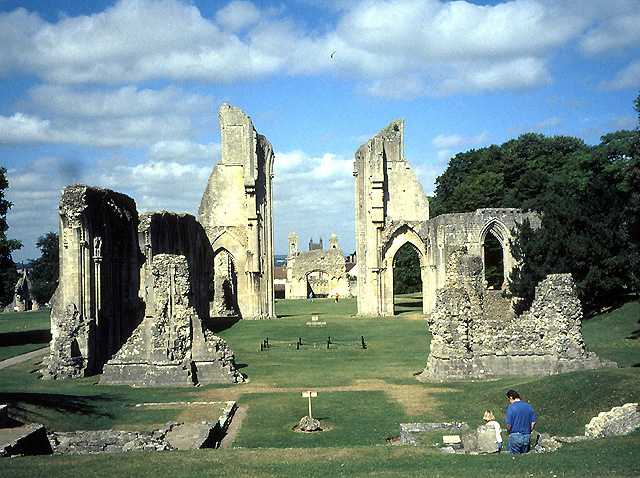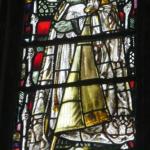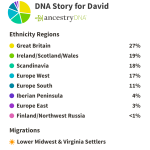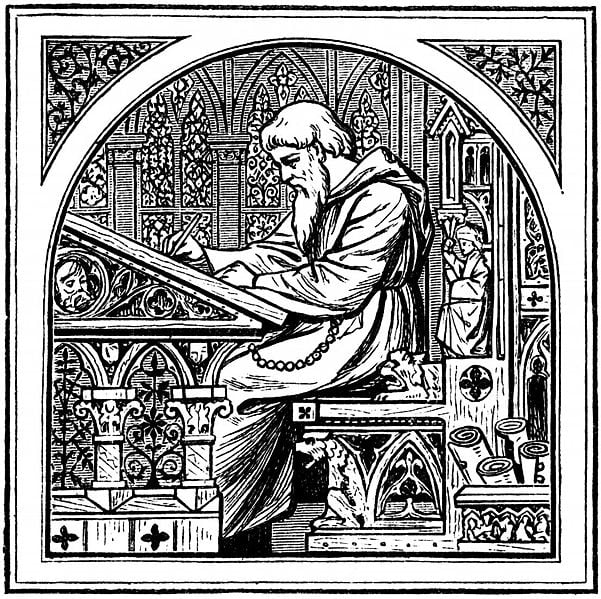David Russell Mosley

Holy Week
Holy Tuesday 2018
The Edge of Elfland
Hudson, New Hampshire
Dearest Readers,
First it was Tintagel, now Glastonbury, Arthur seems to be rising up out of the ground of Britain. For those unfamiliar, about two years ago archaeologists discovered the remains of a 5th or 6th century palace on the grounds of Tintagel Castle (13th century ruins in Cornwall). As I noted at the time, this is important news for fans of Arthur since according to Geoffrey of Monmouth, whose history is usually seen as largely fiction, Tintagel is the place where Arthur was conceived. Well now even more evidence from Arthur’s Britain is emerging.
A team led by the University of Reading have been reexamining archaeological finds from Glastonbury. Glastonbury Abbey is particularly prominent in Arthurian legend and in British legend in general. It is the site of the first church in Britain, according to some, founded by none other than Joseph of Arimathea. This may sound incredible, and may well be, but nevertheless this site has been occupied for some time, certainly before the Saxons settled there. The reexaminations, however, have led to the conclusion that a holy site, whether church, monastery, or something else have existed on these grounds. According to the report at The Conversation:
The excavation records confirm that the site of Glastonbury Abbey was occupied before the foundation of the Anglo-Saxon monastery around AD 700. Near the site of the medieval Lady Chapel, there were traces of a timber hall within the bounds of the early monastic cemetery. A roughly trodden floor contained fragments of late Roman amphorae imported from the eastern Mediterranean, dating back to about 450–550AD.
As the article continues to note none of this evidence, as of yet, proves that the pre-Saxon building was a church or monastery, let alone that it was associated with Joseph of Arimathea. Still, these discoveries––both at Glastonbury and at Tintagel––show us that these stories about Arthur, about Britain in the “Dark Ages” are not simple fabrication. There are truths, realities behind these stories. Perhaps these truths extend beyond architecture and into the myths themselves. This is unlikely to be proven by archaeology, but it is worth investigating. Either way, Arthur appears to me to be rising up out of the ground. And I say, the sooner the better.
Sincerely,
David












